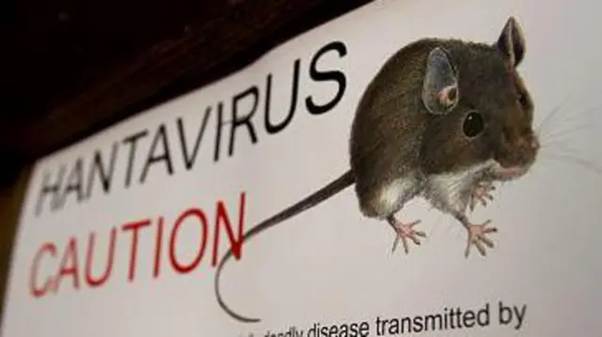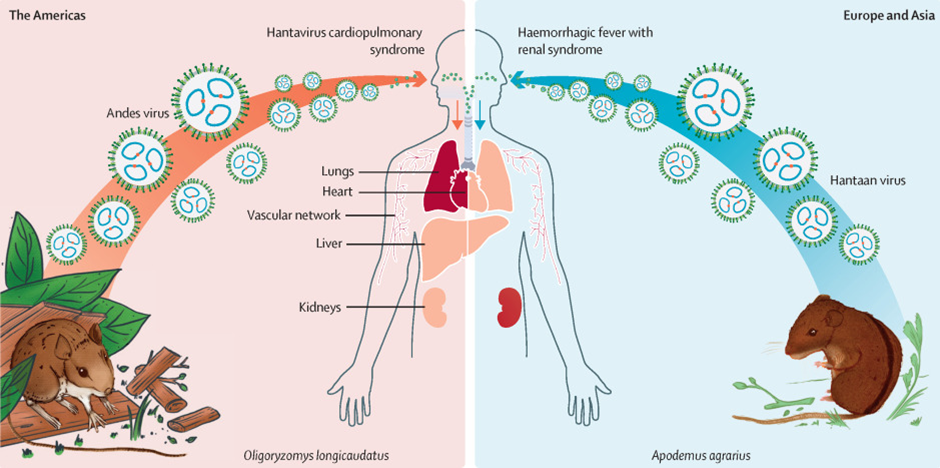- Courses
- GS Full Course 1 Year
- GS Full Course 2 Year
- GS Full Course 3 Year
- GS Full Course Till Selection
- Answer Alpha: Mains 2025 Mentorship
- MEP (Mains Enrichment Programme) Data, Facts
- Essay Target – 150+ Marks
- Online Program
- GS Recorded Course
- Polity
- Geography
- Economy
- Ancient, Medieval and Art & Culture AMAC
- Modern India, Post Independence & World History
- Environment
- Governance
- Science & Technology
- International Relations and Internal Security
- Disaster Management
- Ethics
- NCERT Current Affairs
- Indian Society and Social Issue
- NCERT- Science and Technology
- NCERT - Geography
- NCERT - Ancient History
- NCERT- World History
- NCERT Modern History
- CSAT
- 5 LAYERED ARJUNA Mentorship
- Public Administration Optional
- ABOUT US
- OUR TOPPERS
- TEST SERIES
- FREE STUDY MATERIAL
- VIDEOS
- CONTACT US
Hantavirus: Disease Behind Betsy Arakawa's Death
Hantavirus: Disease Behind Betsy Arakawa's Death

The recent demise of Betsy Arakawa, wife of Oscar-winning actor Gene Hackman, has brought renewed attention to a rare but potentially fatal disease — Hantavirus Pulmonary Syndrome (HPS).

What is Hantavirus?
- Hantavirus refers to a group of viruses transmitted primarily by rodents, particularly through their urine, droppings, and saliva.
- Humans typically contract the virus by inhaling airborne particles from contaminated rodent waste. In rare cases, the virus may also spread through rodent bites or scratches.
- The Centers for Disease Control and Prevention (CDC) highlights that deer mice are the most common carriers in North America, especially in rural or wilderness areas.
Types of Hantavirus Diseases
There are two major illnesses caused by hantavirus infections:
1. Hantavirus Pulmonary Syndrome (HPS): This is the most common strain in the United States, and the one responsible for Ms. Arakawa’s death.
- Symptoms: Early signs include fatigue, fever, and muscle aches, followed by headaches, dizziness, chills, and abdominal issues.
- As the condition progresses, it can lead to severe respiratory distress, often requiring intensive care.
- The mortality rate for HPS is approximately 38%, making it a serious health concern.
2. Haemorrhagic Fever with Renal Syndrome (HFRS): A more severe strain, HFRS mainly affects the kidneys and is more commonly reported outside the United States, particularly in Asia and Europe.

History and Outbreaks in the United States
- Hantavirus gained major attention in the U.S. in 1993, following an outbreak in the Four Corners region, where Arizona, Colorado, New Mexico, and Utah meet.
- Since then, the virus has been most prevalent in western states, especially in New Mexico, Colorado, California, Arizona, and Washington.
- From 1993 to 2022, the CDC reported 864 cases of HPS in the U.S., with New Mexico recording the highest number (122 cases).
- In 2023 and 2024, there were seven confirmed cases each year in the U.S.
- Since 1975, New Mexico alone has reported 52 deaths linked to hantavirus infections.
Global Statistics
Globally, HFRS cases are far more common, with an estimated 150,000 cases occurring worldwide each year, according to the National Institutes of Health.
- More than half of these cases are reported in China, with additional outbreaks in parts of Europe and Russia.
Who is at Risk?
- Certain groups are more vulnerable to hantavirus exposure due to their proximity to rodent habitats, including: Farmers and agricultural workers, Construction workers, Campers and hikers, People cleaning unused or old buildings, and Homeowners dealing with rodent infestations
- Even routine household cleaning in rodent-prone areas can pose a risk, especially if protective measures are not followed.
- According to the CDC, extra caution should be taken by:
- Children under five
- Pregnant women
- Individuals with weakened immune systems
- These groups are advised to avoid contact with pet rodents and always use protective equipment when cleaning potentially contaminated areas.
Treatment and Prevention
Currently, there is no specific antiviral treatment or vaccine available for hantavirus infections.
- Treatment: Focus is on supportive care, including hospitalization, oxygen therapy, and in severe cases, intubation in intensive care units.
- Prevention: The best way to protect oneself is by avoiding exposure to infected rodents and their droppings.
- Seal entry points in homes, especially attics, basements, and garages
- Use protective masks and gloves while cleaning rodent-infested areas
- Avoid stirring up dust in rodent-contaminated spaces
- Keep food stored in rodent-proof containers
- Maintain cleanliness in rural or wilderness campsites

|
Also Read |
|
| FREE NIOS Books | |



